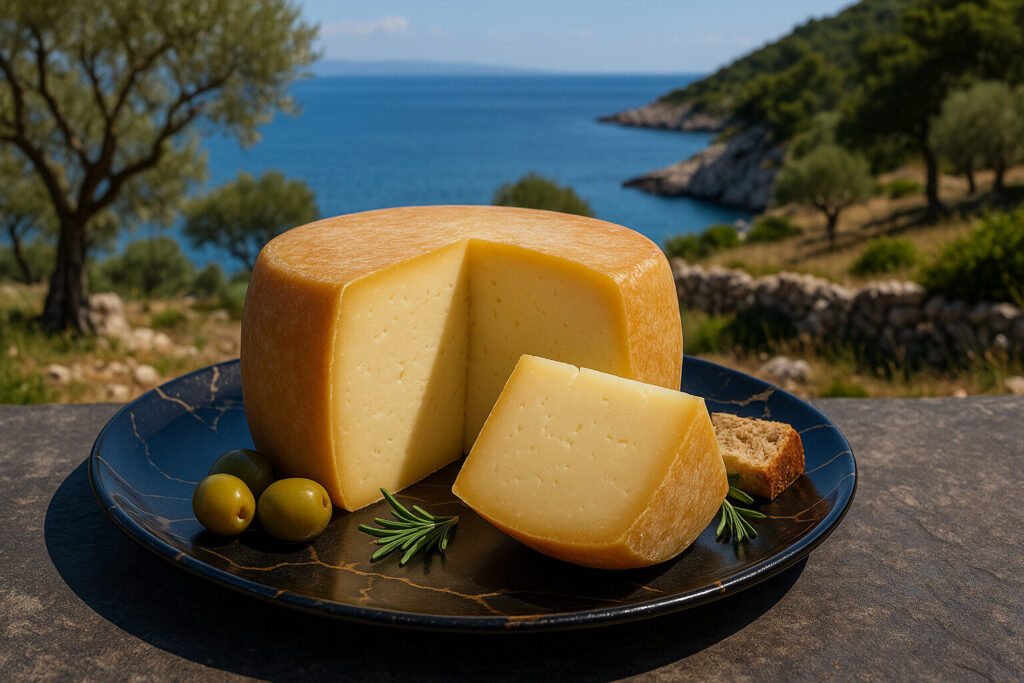Cheese Of Ottoman Empire
Historical Background
The Ottoman Empire had a rich culinary tradition that included various dairy products. Cheese was an important part of the diet across different social classes.
Historical records show cheese production and consumption dating back to the early periods of the empire. Different regions developed their own unique cheese varieties.
Production Methods
Traditional cheese making in the Ottoman Empire followed ancient techniques passed down through generations. Most production occurred in rural areas using local milk sources.
Methods varied by region but typically involved curdling milk using natural rennet. The cheese was then aged in specific conditions to develop characteristic flavors.
Regional Varieties
Various regions of the empire developed distinct cheese types based on local conditions and traditions. Coastal areas produced different cheeses than inland regions.
Some famous varieties included white cheeses from the Balkans and aged cheeses from Anatolia. Each type had unique characteristics and uses in local cuisine.
Culinary Uses
Cheese was incorporated into numerous Ottoman dishes, both savory and sweet. It appeared in pastries, main courses, and even some desserts.
Common uses included filling for borek, topping for pide, and accompaniment to breakfast meals. Cheese was also served as part of meze platters.
Cultural Significance
Cheese held cultural importance beyond mere nutrition in Ottoman society. It represented regional identity and culinary heritage.
The trade of cheese contributed to economic exchanges between different parts of the empire. Cheese making traditions continue in modern countries that were once part of the Ottoman Empire.

